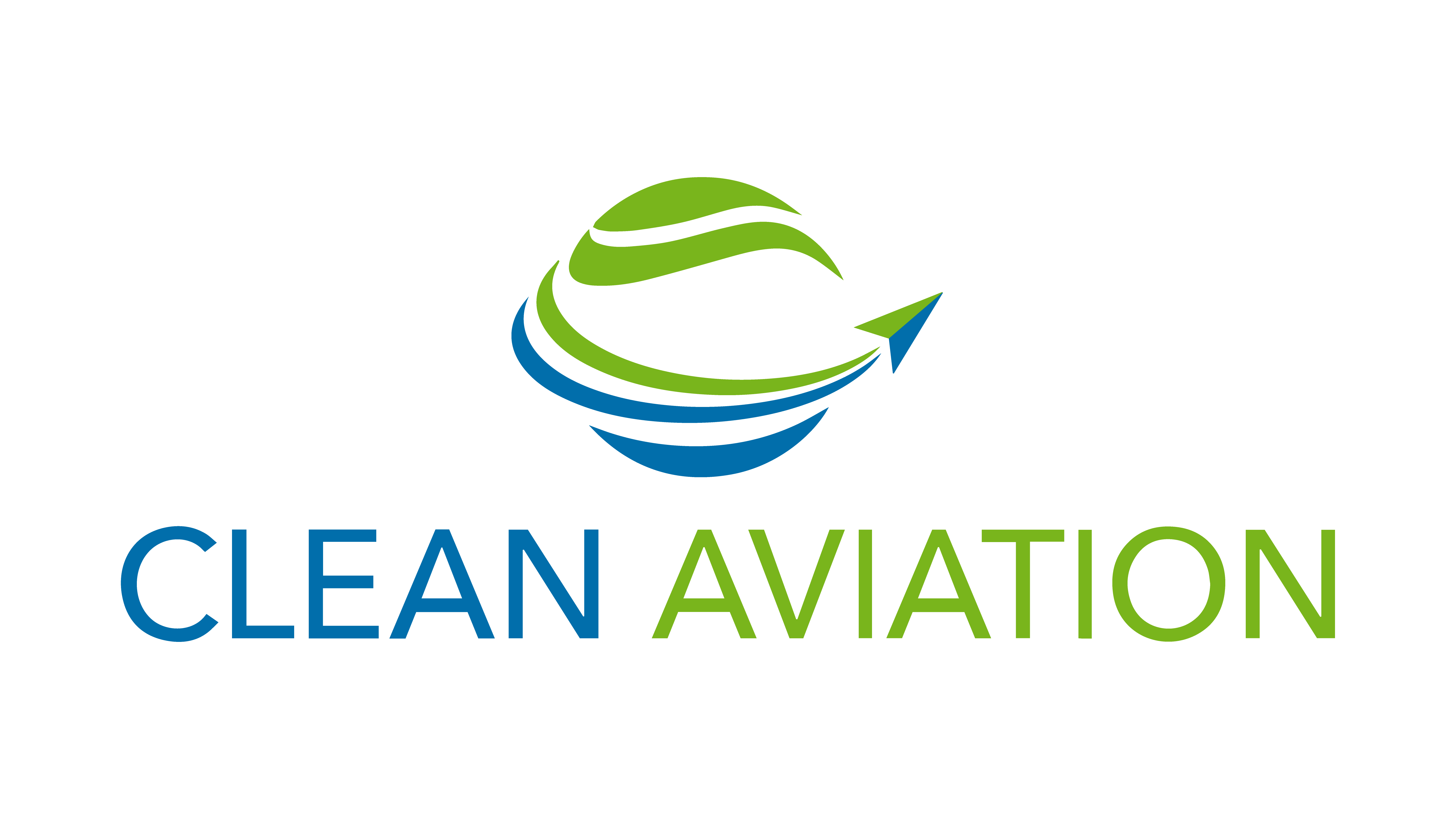HERWINGT Project
Wing integration in a hybrid-electric regional aircraft using new green technologies.
Start date: 2023
End date: 2026
Participants. Airbus, Ikerlan, Aimen Technology Centre, EASN Technology Innovation Services, Hellenic Aerospace industry, Fraunhofer Institute for Ceramic Technologies and Systems IKTS, Leonardo, mTorres, Rail Tec Arsenal, CEA, CIRA Italian Aerospace Research Centre, Politecnico Milano 1863, University of Patras, TUDelft, Aciturri,, FIDAMC, IAI, Deutsches Zentrum für Luft- und Raumfahrt German Aerospace Center, Ain, LGAI Technological Center (Applus+ Laboratories), ALESTIS Aerospace, Siemens, INTA, ATR, Fokker GKN Aerospace and Collins Aerospace.
Background
As previously mentioned in our latest innovation projects,the current climate emergency is putting aviation pollution in the spotlight. Now and more than ever, it’s key to raise and set new sustainability standards for cleaner skies, also paving the way to achieving UN goals.
This transformation calls for innovative solutions, such as:
- Hybrid-electric solutions for regional and short-range flights.
- Ultra-efficient aircraft designs to enable the incorporation of sustainable aviation fuels (SAF)
The objective of the Clean Aviation Horizon Europe programme is to create a regional aircraft by incorporating hybrid-electric propulsion relying solely on 100% drop-in fuels or hydrogen. In turn, it is expected that this would lower aircraft emissions up to 90%. So, when will this happen? The aircraft is set to take its first flight in 2028, entering the market in 2035
Objectives
Specifically, HERWINGT's partners are working together to develop an innovative wing design, which will be integrated into a hybrid-electric regional aircraft (HER) with a maximum seating capacity of 100 and a range of 500 to 1000 km.
The challenge when it comes to designing the wing is incorporating new technical solutions for ice protection, fuel storage and propulsion systems.
The proposed technical solutions must meet the following goals:
- Incorporate an innovative wing design fit for a hybrid-electric regional aircraft (HERA).
- Demonstrate a decrease of fuel use by 15% through wing improvements.
- Reduce structural weight by at least 20% in comparison with a state-of-the-art aircraft wing.
- Analyse the potential for reducing greenhouse gas (GHG) emissions.
- Improve aerodynamics.
- Improve structural efficiency.
- Improve aeroelastic performance.
- Enhance integration in structural design.
- Advanced structural health monitoring
- Improve the efficiency of wing systems
- Improve the integration of system structure
- A more precise assembly process
- The incorporation of greener manufacturing processes.
In addition, all proposed technical solutions must be perfectly aligned with the overall objective of reducing CO2 emissions.
Finally, HERWINGT is committed to deliver:
- Digital twins and a life cycle assessment of components, subsystems and complete wing system compatible with the digital framework and reference aircraft requirements.
- A roadmap to generate a full-scale demonstration of the aircraft wing on its first flight.
- A qualification and certification scheme linked to the proposed activities and suitable for hybrid-electric regional aircraft (HERA).
Our intervention
Our Applus+ Laboratories experts will be responsible for defining and developing the mechanical testing of components and sub-components. These tests will help validate the demonstrators resulting from this project.
Our experience in structural and aeronautical material testing will not just help us define test operations, it will also provide an advanced means to instrument test executions.
About Clean Aviation
The Clean Aviation Joint Undertaking is the European Union’s leading research and innovation programme for transforming aviation towards a sustainable and climate neutral future.
Pulling together the best talent and capabilities of the private and public sectors and developing cutting-edge technologies and making these available for a transformational leap in aircraft performance in the 2030s, the Clean Aviation Joint Undertaking will pave the way towards the EU’s ambition of climate neutrality by 2050.
Operating at the centre of a broad and diverse eco-system of players across Europe ranging from the aeronautical community, pioneering SMEs, research establishments and academia, it acts as a hub for new ideas and bold innovations.
As a European public-private partnership, Clean Aviation pushes aeronautical science beyond the limits of imagination by creating new technologies that will significantly reduce aviation's impact on the planet, enabling future generations to enjoy the social and economic benefits of air travel far into the future.


The project is supported by the Clean Aviation Joint Undertaking and its members. Funded by the European Union, under Grant Agreement No 101102003. Views and opinions expressed are however those of the author(s) only and do not necessarily reflect those of the European Union or Clean Aviation Joint Undertaking. Neither the European Union nor Clean Aviation JU can be held responsible for them.